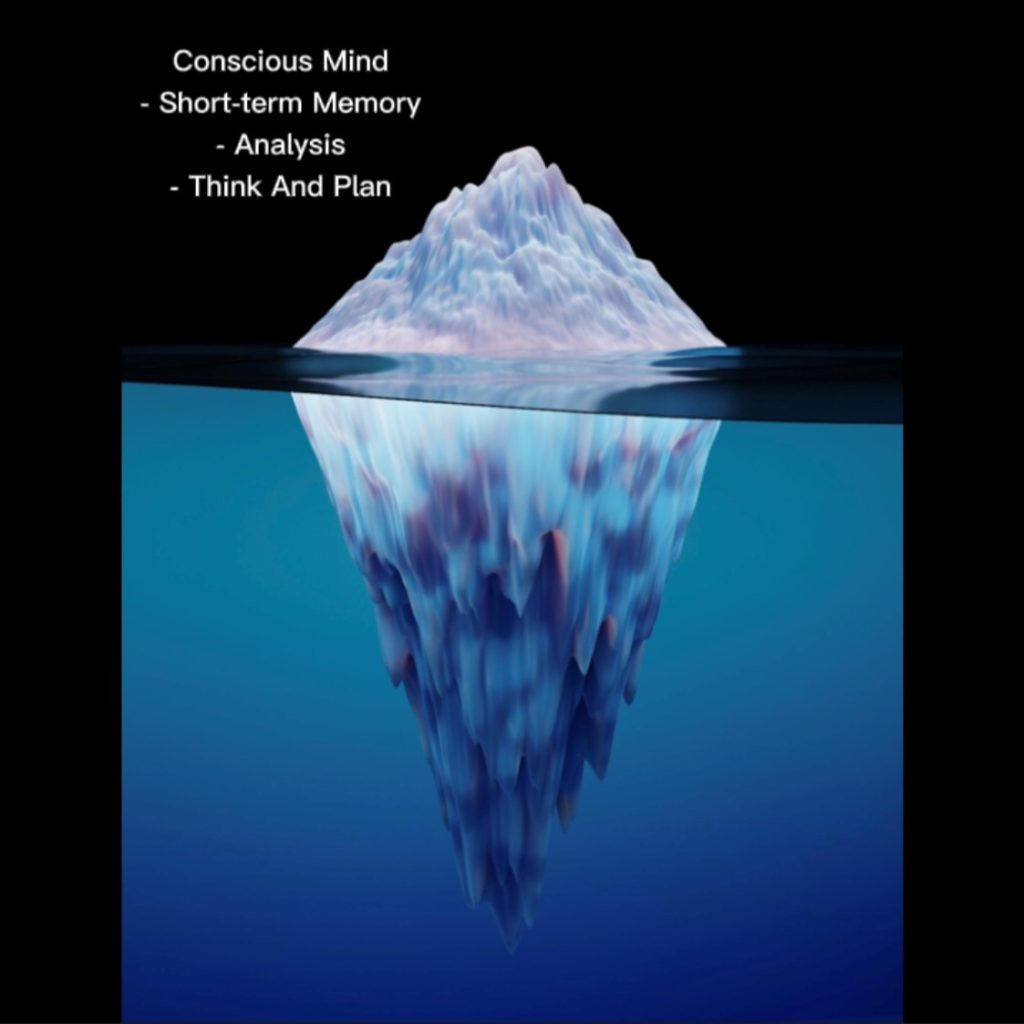What Is Hypnosis?

A simple definition of hypnosis is when a person is in a relaxed, trance like state. Often, a person has a heightened state of consciousness or mindfulness.
Let’s clear up a popular misconception right away….
A person who is hypnotized is not under the control of the hypnotherapist. A person cannot be made to do something that they do not want to do.
A hypnotherapist will have a client get into a comfortable position and close their eyes. Then a hypnotherapist will then employ inductions, relaxation exercises and deepeners to enable a client to enter hypnosis.
In conversational hypnosis, the client actively participates in each session. Often, a person is more alert while under hypnosis.
When a person is hypnotized, the “Conscious Mind” is disengaged, and the “Subconscious Mind” is engaged. By tapping into the subconscious mind, we are able to access the operating system, and recover long term memories.
The best way to differentiate between the conscious mind and the subconscious mind is to think of an iceberg.
The conscious mind is the tip of the iceberg and only accounts for 10-15% of the total iceberg.
The conscious mind is where short term memories are stored. It’s also where we do analysis, think and plan.

It’s important to point out that there is a barrier between the conscious mind and subconscious mind.
The subconscious mind accounts for 85-90% of the Iceberg.
The Subconscious mind is where our automatic pilot for bodily processes resides. It’s where medium and long term memories are stored. The emotional residues from memories are also store here. It’s in charge of dreaming and sleeping. Also, our habits & automatic behavior along with beliefs, identity, and spirit.

In hypnosis we create a pathway from the conscious mind to the subconscious mind
Related Posts
Do You Need To Do Some Shadow Work?
Yes even you have a dark side! Carl Jung defines it as “the dark…
March 7, 2023Heart And Brain Coherence Opens A Portal To Mystical Experiences
Why Should You Live A Heart- Centered Life Of Love? What Is The Importance Of…
February 16, 2023


